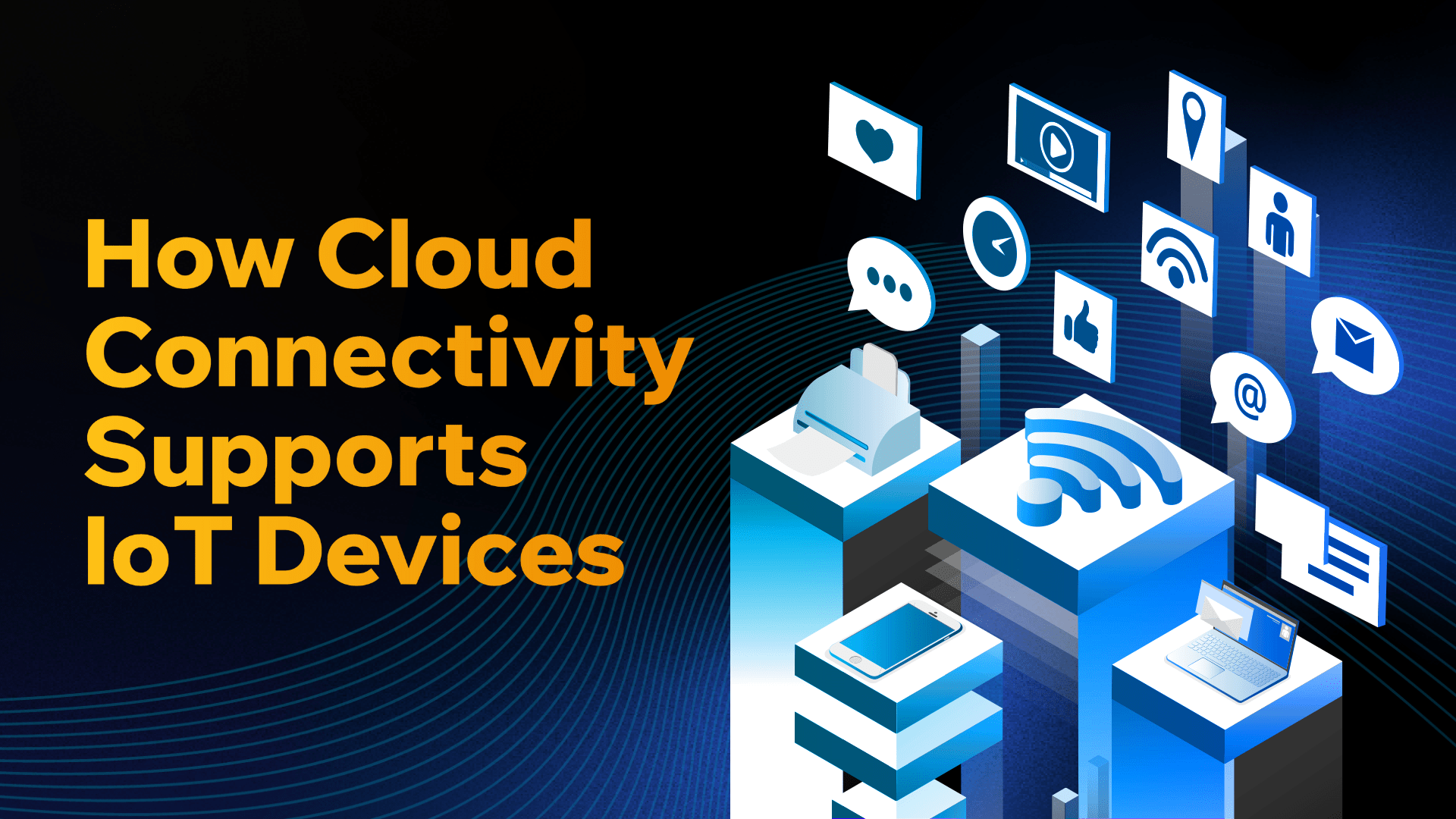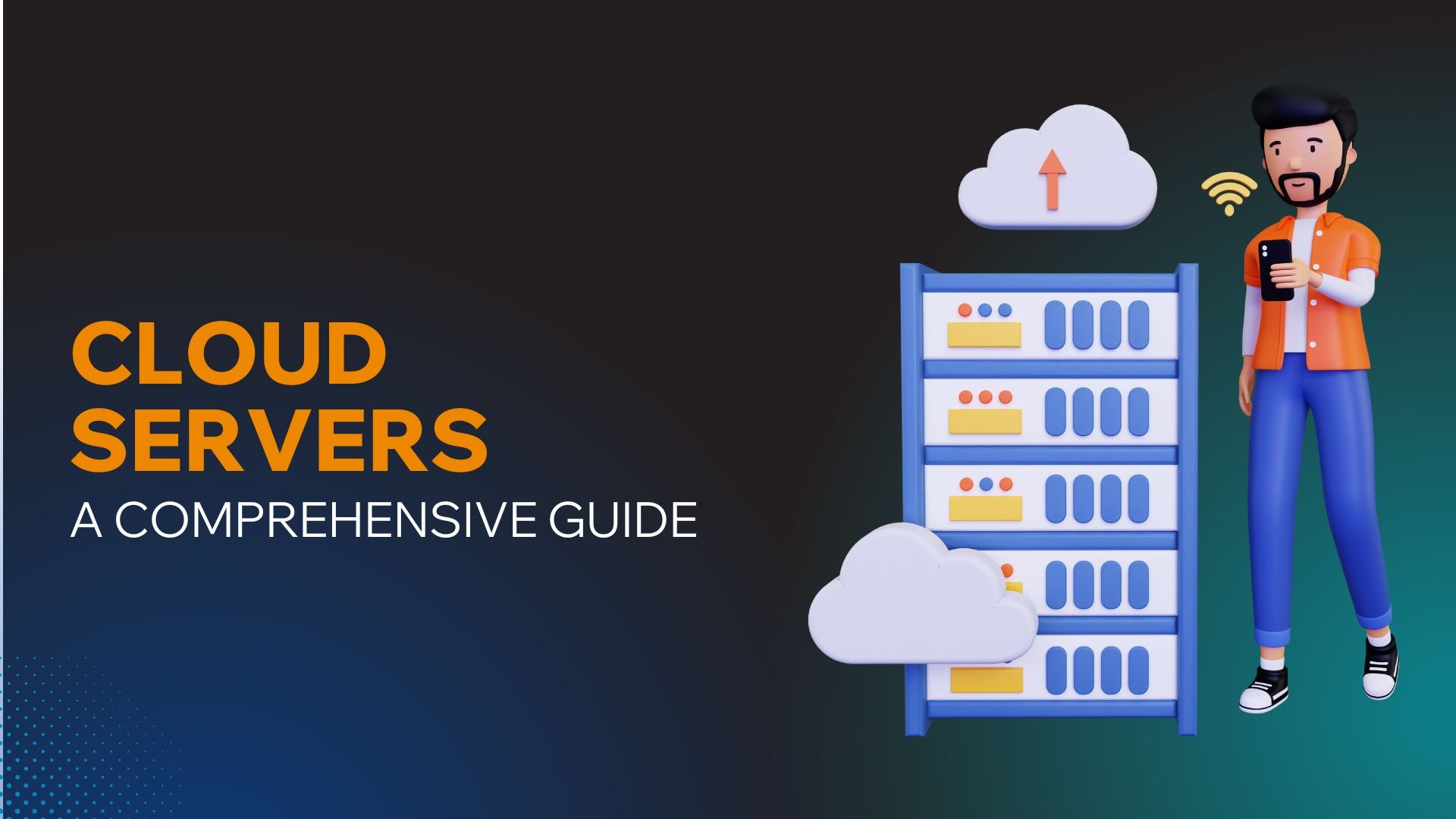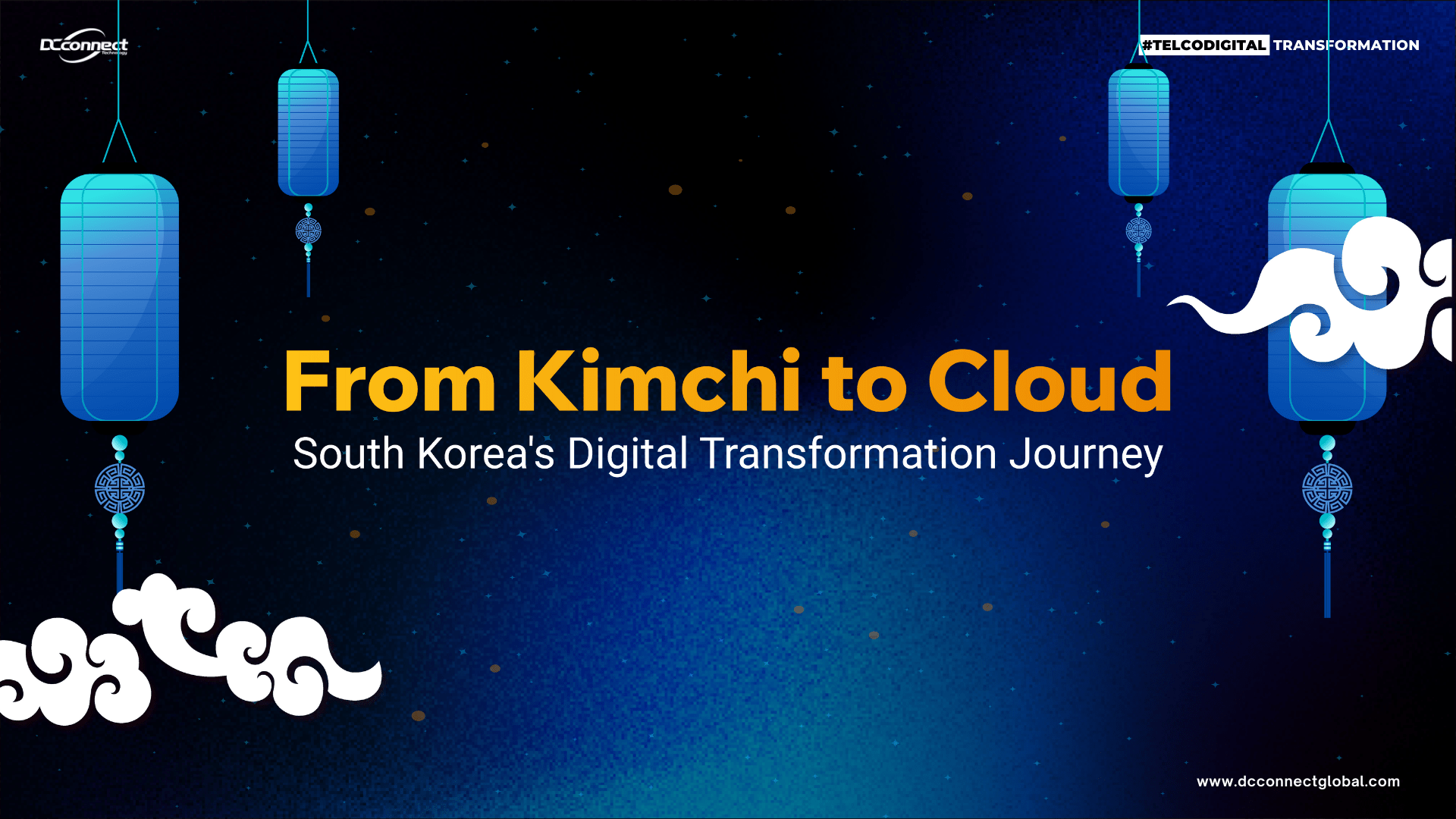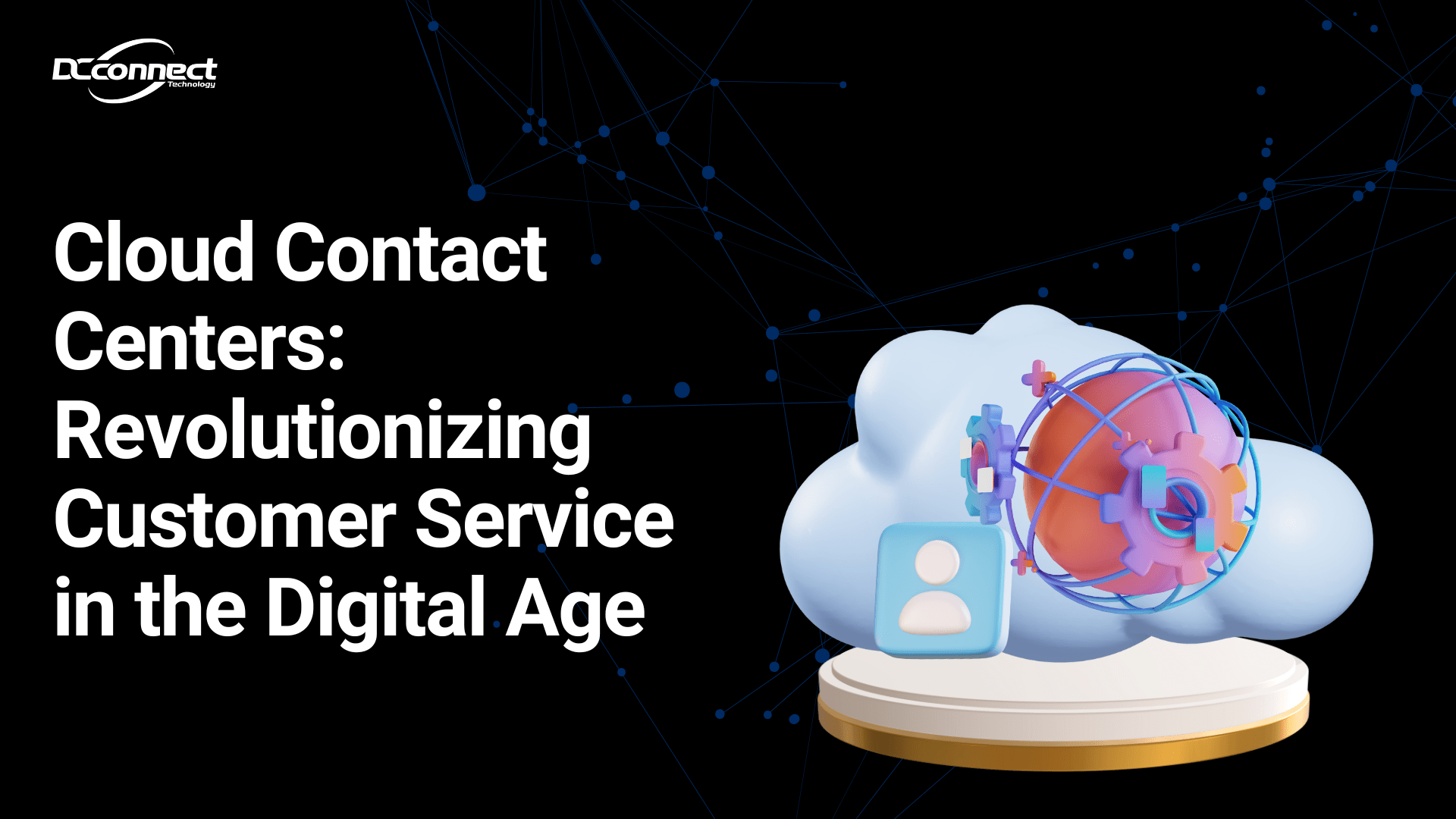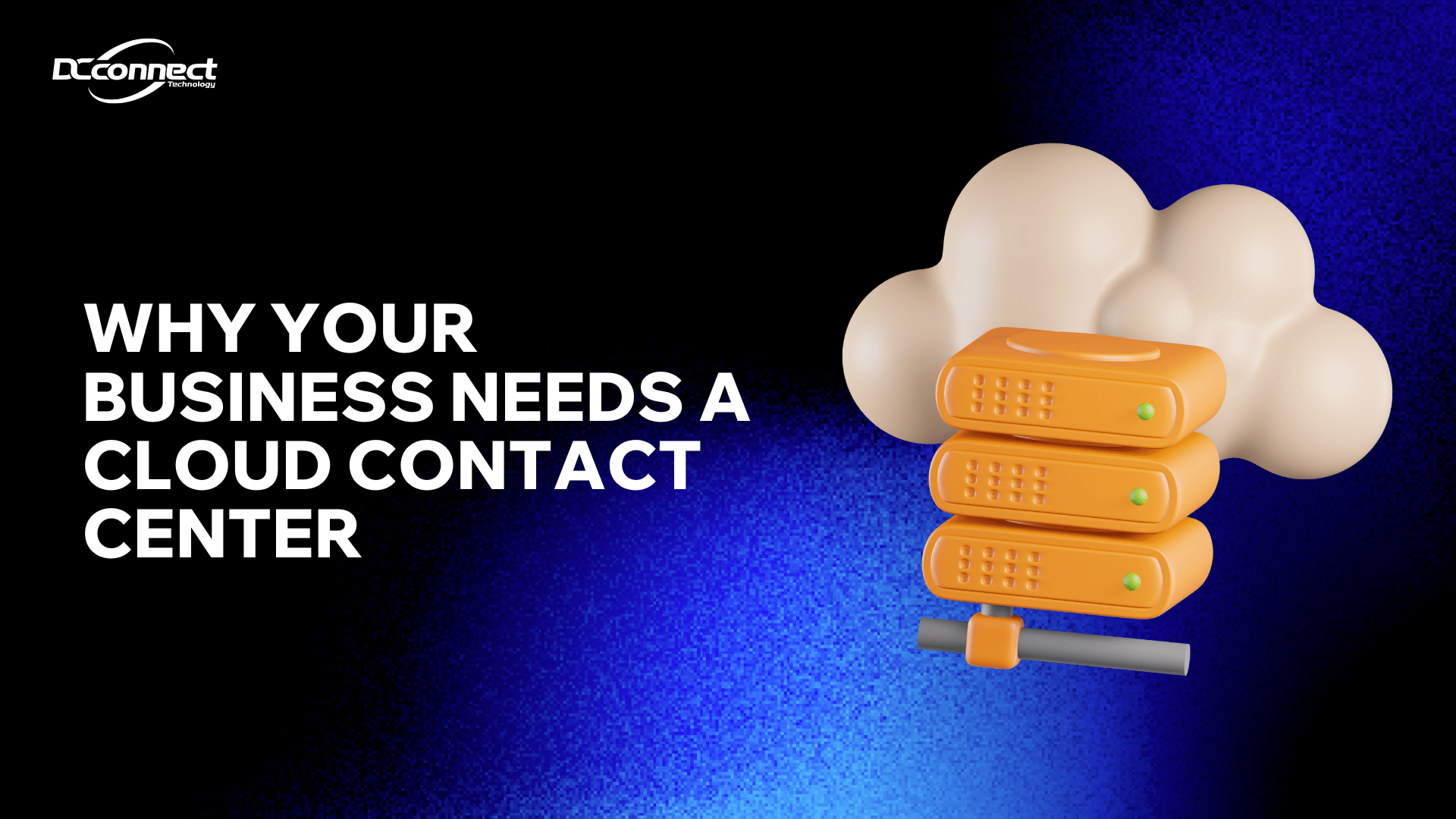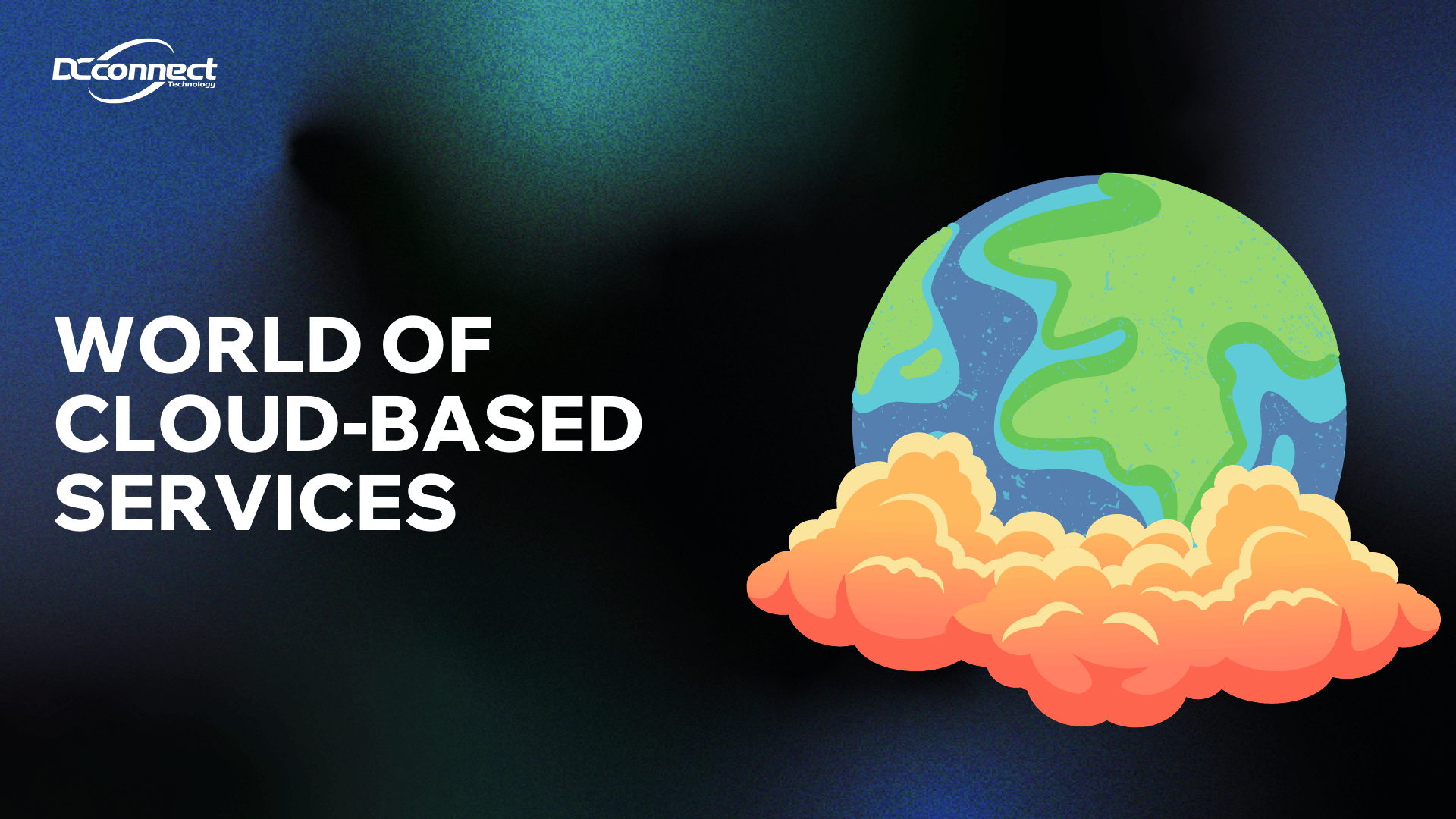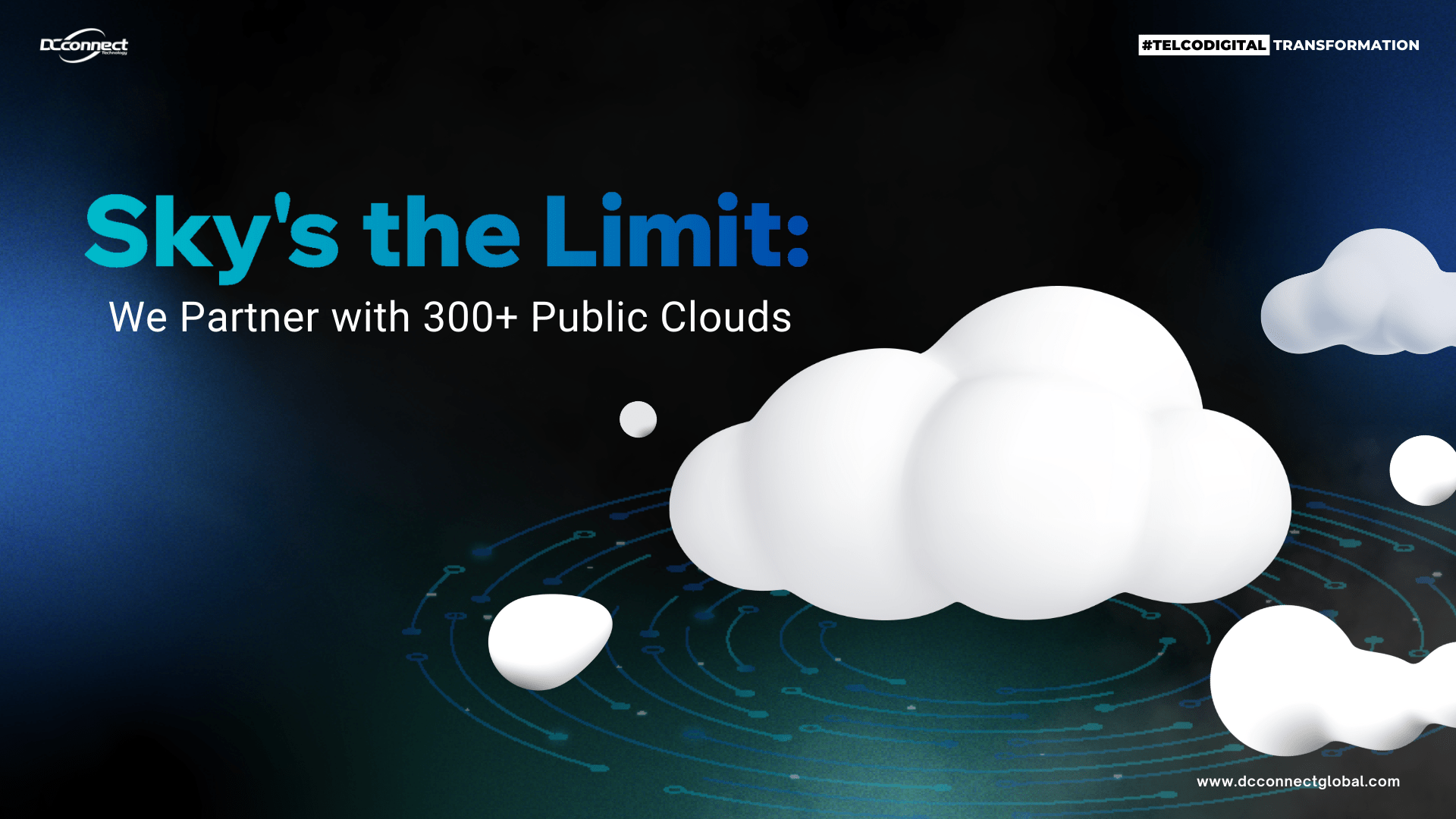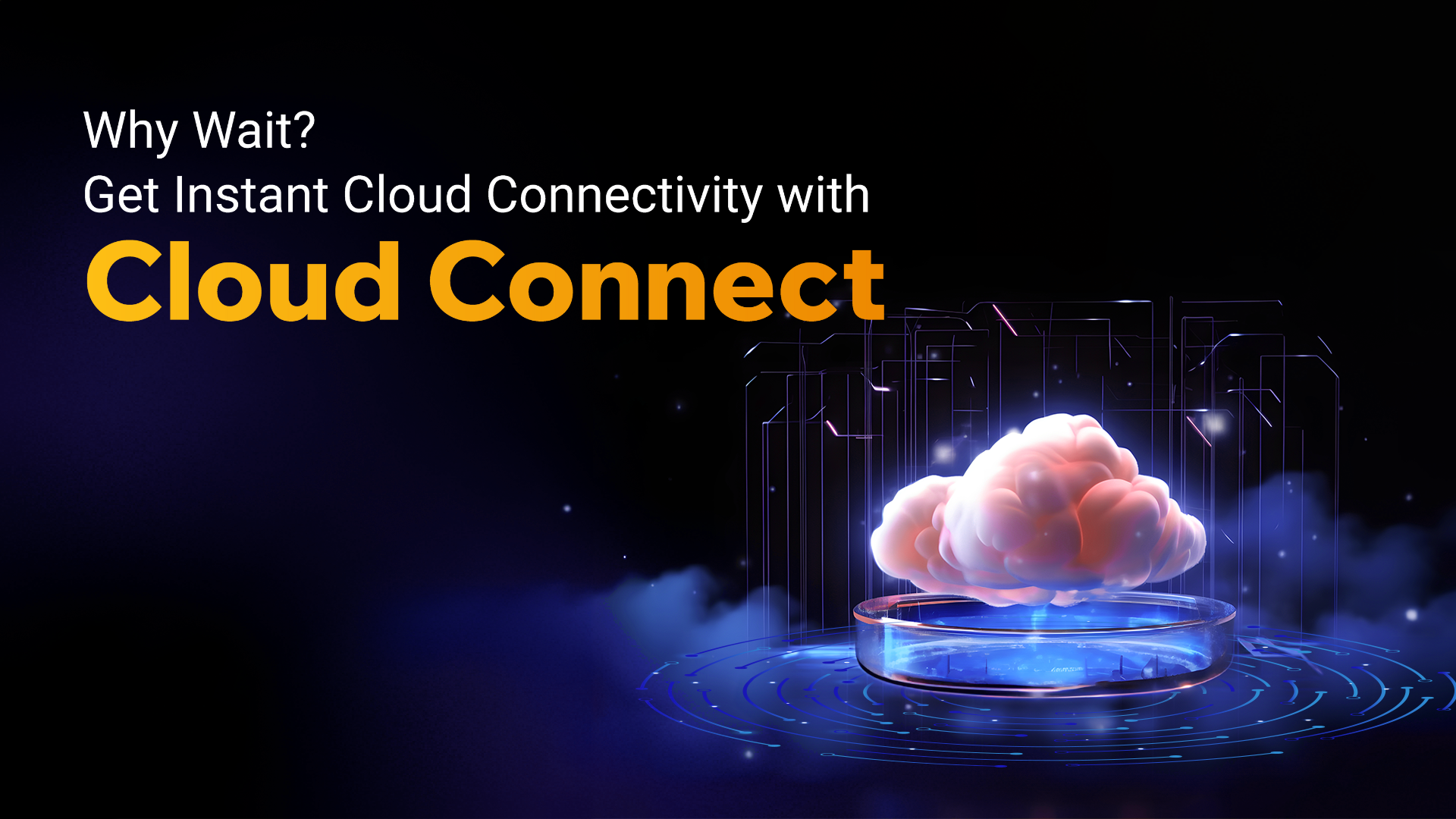
Why Wait? Get Instant Cloud Connectivity with Cloud Connect
Traditional IT infrastructure can be expensive and inflexible while cloud offers a cost-effective way to access computing power, storage, and applications as needed. It also simplifies scaling up or down resources based on your business demands. But simply using the cloud isn’t enough. Businesses need a secure and reliable way to connect to their cloud resources. This is where Cloud Connect comes in. Cloud Connect acts as a dedicated bridge between your on-premises infrastructure and your cloud environment. This secure, private connection ensures high performance, low-latency access to your cloud applications and data. Challenges? High costs, lack of security, and unreliability associated with connecting to the cloud via the public internet. DCConnect Solutions DCConnect addresses cloud connectivity challenges by offering dedicated connectivity between data centers and major cloud service providers on a globally distributed Software-Defined Network (SDN) platform called DC Gateway. How it works? When a customer places an order for Cloud Connect, the BOSS system initiates a call to the Cloud provider API to generate the service. Subsequently, the customer may be required to log in to the portal to officially accept the service. Upon acceptance, the cloud provider swiftly provisions the connection within minutes. Key Features: Excited to know the details? Book a demo with us by click this link: https://www.dcconnectglobal.com/dc-gateway/ or email us directly at: alliance@dcconnectglobal.com Author Biography: Rinesa Diola Audrina, Digital Marketing DCConnect Global www.dcconnectglobal.com

